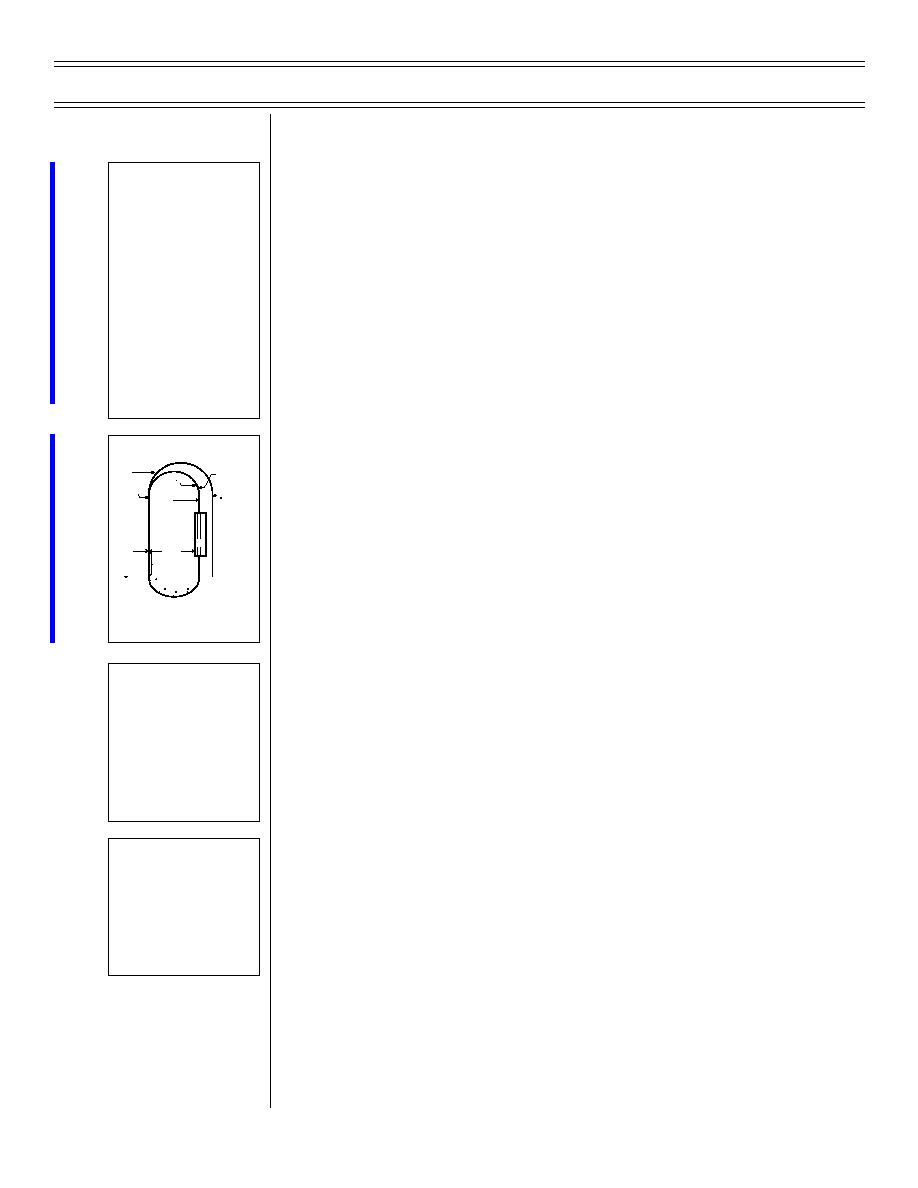
Night FCLP Procedures
CQFP-02
II.
Flying night FCLP 9.7.1.1.3
Sg 2, fr 2
NIGHT FCLP
A.
Pattern entry
QUALIFICATION
* Night FCLP lighting
1.
Communicate to controlling agency (tower): “Tower:
Four zero zero, initial.”
* Flying night FCLP
* Night FCLP
2.
Enter at 250 KIAS at normal break altitude
differences
3.
Switch to paddles frequency as per course rules or
* Radio difficulties in
as directed
the pattern
B.
Pattern entry from takeoff or reentry from waveoff or
Sg2, fr 3
touch-and-go
OptimumAOA
200KIAS
ReportTurning
Dirty-up
Crosswind
30 Bank
Descendto600ftAGL
Break
45 AOB
500ftAGL
SpeedBrakesOut
BeforeDownwind
1.
Remain runway heading until cleared to turn
SlowtoOptimumAOA
AOA/AirspeedCheck
LandingChecklist
crosswind by tower or LSO
PatternEntry
250KIAS
.9-1.1nm
AbeamCall
LightsBRIGHT/STEADY
StrobesOFF
TimeAccordingto
ExistingWind
2.
Do not turn crosswind until at or above 500 ft AGL
CAUTION
Donotdescendbelow
27-30 AOB
300feetAGLwithout
180
BallCall
Report"Turningin"
theball.
VSI: 200-300fpm
45
135
90
325-375ftAGL
525ftAGL
450ftAGL
OptimumAOA
VSI: Increaseto500fpm
3.
Call turning “Crosswind”
NIGHT FCLP PATTERN
C.
From this point, procedures are similar to day FCLP,
Sg 2, fr 4
except
2 VIDEO STILLS -
AIRFIELD CARRIER
BOX LIGHTING
1.
Due to absence of visual cues, a strong instrument
FROM THE
scan is essential
“ABEAM” POSITION
2.
Do not descend below 300 ft AGL without acquiring
NIGHT FCLP ABEAM
ball
Sg 2, fr 5
3.
Perform all full-stop landings in the carrier box or as
A FULL MOTION
directed by LSO
IN-THE-GROOVE
VIEW
COMMON ERRORS: Common errors are essentially the
same as for day FCLP. However, because you have fewer
IN-THE-GROOVE
visual references at night, a good instrument scan in the
pattern is paramount.
(7-01) Original
Page 2-6


 Previous Page
Previous Page
